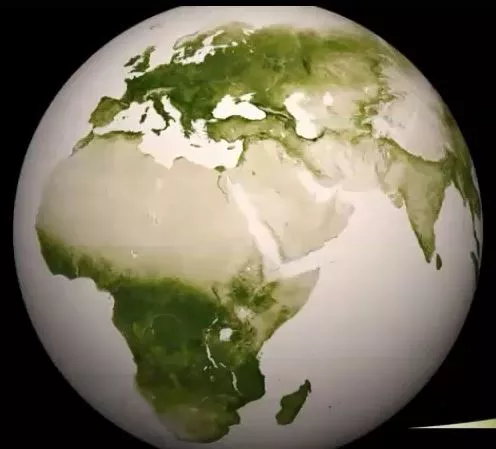A new study based long-term vegetation data sets derived, in part, from NOAA polar-orbiting satellites has found significant greening on a quarter to one-half of the Earth's vegetated lands.

A new study, "Greening of the Earth and its Drivers," published today (April 25) in the journalNature Climate Changereports significant greening of a quarter to one-half of the Earth's vegetated lands. The findings are based on long-term vegetation data sets derived, in part, from imagery produced by the Advanced Very High Resolution Radiometer (or AVHRR) instruments aboard NOAA polar-orbiting (NOAA-series) satellites.
"We were able to tie the greening largely to the fertilizing effect of rising atmospheric CO2 concentration by tasking several computer models to mimic plant growth observed in the satellite data," Ranga Myneni, study co-author and professor in Boston University's Department of Earth and Environment, said in a press release.
"Greening" refers to an increase in leaves on plants and trees. Green leaves produce sugars using energy in the sunlight to mix carbon dioxide (CO2) drawn in from the air with water and nutrients pumped in from the ground. These sugars are the source of food, fiber and fuel for life on Earth.
According to the study, trends from three data sets -- GIMMS3g, GLASS and GLOBMAP -- consistently show positive values over a large proportion of the global vegetated area since 1982. The regions with the largest greening trends, consistent across the three data sets, are in southeast North America, the northern Amazon, Europe, Central Africa and Southeast Asia. All three data sets also consistently show a decreasing vegetation (browning) over less than 4% of global vegetated land—these are observed in northwest North America and central South America. (Note: Of the three data sets, two -- GIMMS3G and GLOBMAP -- are derived from AVHRR data.)
For more information about the study, see Nature.com's Greening of the Earth and its drivers.
